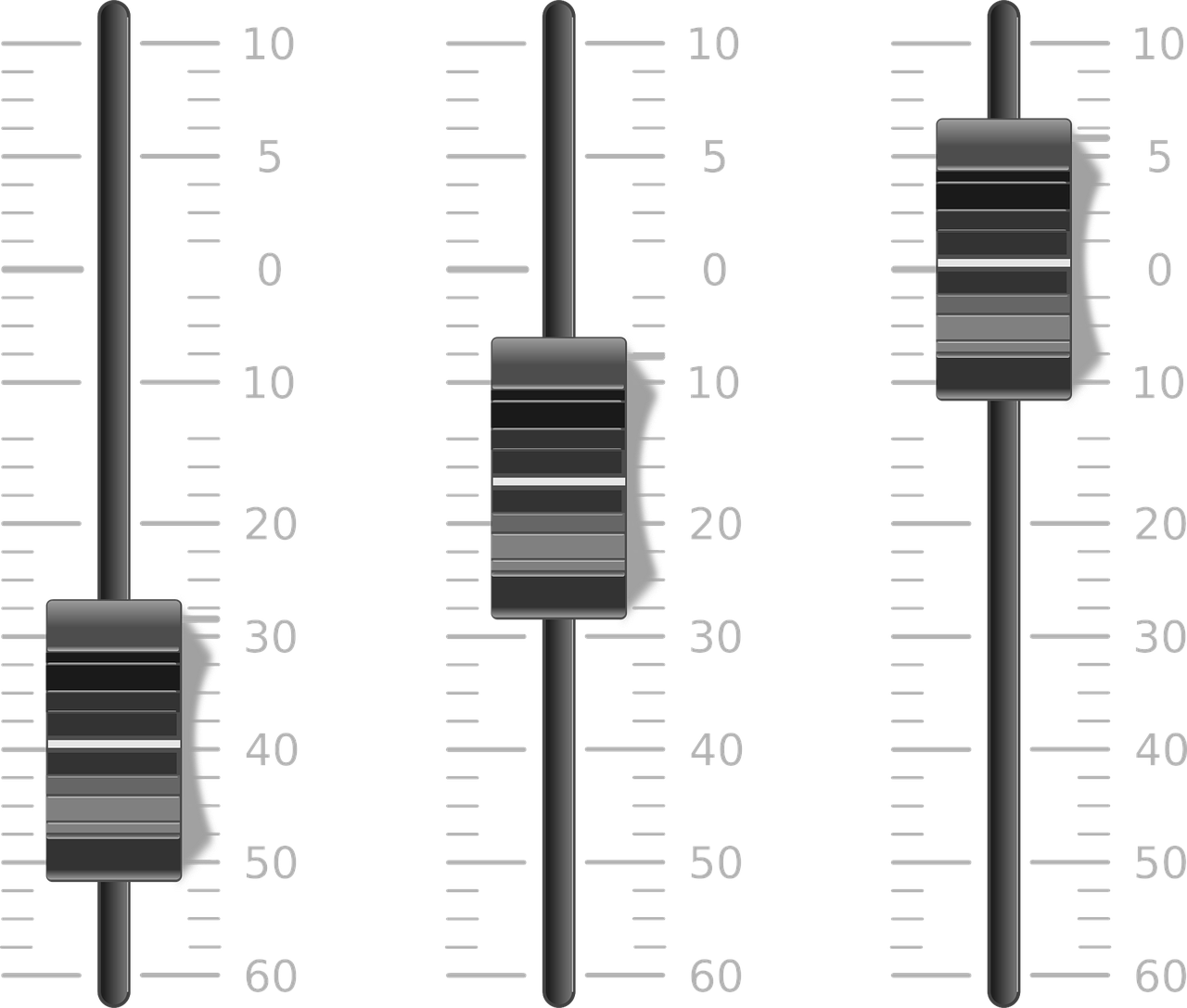Authors: Pilar Orero, Oriol López, Estel·la Oncins (UAB) () and Lilli Nottrott (ULUND)
Following from a previous blog article about accessibility, this one expands on how to offer alternative communication to audio. The structure of this document was planned to foster the idea that accessibility should be planned from the very start of any activity, and to promote the concept of born accessible or native accessibility within the Universal Design framework.
The accessibility considerations and examples were designed for: planning, scripting, storyboarding, recording, and producing audio and video content. The guidelines were frame worked within the context of the Web Content Accessibility Guidelines (WCAG) standard. The WCAG requirements have been adopted in the current European Web Accessibility Directive (2016) under the Harmonized European Standard EN 301 549. The main aim of the Web Accessibility Directive is to increase digital and social inclusion by making digital and media content accessible for all citizens.
All the requirements take into consideration both the European Accessibility Act (EAA, 2019) and the Audiovisual Media Services Directive (AVMSD, updated version 2018).
Audio Recording

PLAN:
- Use clear language – script
Avoid or explain jargon, acronyms, and idioms. For example, expressions such as “raising the bar” can be interpreted literally by some people and can be confusing.
Provide redundancy for sensory characteristics.
- User-friendly – script
Make your information work for people who cannot see and/or cannot hear.
For example, instead of saying ‘Attach this to the green end’, say ‘Attach the small ring to the green end, which is the larger end’.

SET-UP:
- Speak clearly and slowly – speakers
Speak clearly. This is important for people wanting to understand the content, also for captioners/subtitlers.
Speak slowly. This will enable listeners to understand better, and make the timing better for captions/subtitles, sign language [3] interpreters, and automatic subtitles/captions.
Pause between topics to give people time to process information.
Avoid speakers talking at the same time.
- Create high-quality audio – recording setup
Use high-quality microphone(s) and recording software.
When feasible, record in a room that is isolated from all external sounds.
Avoid rooms with hard surfaces, such as tile or wood floors.
Specifically, make the background sounds at least 20 decibels lower than the foreground speech content (with the exception of occasional sounds that last for only one or two seconds).
Avoid sounds that can be distracting or irritating, such as some high pitches and repeating patterns.
Close your window, to avoid external sounds like: traffic, sirens, building work, lorries or motorbikes passing etc.

POST-PRODUCTION:
- Use low background audio – recording, post-production
When the main audio is a person speaking and you have background music, set the levels so people can easily distinguish the speaking from the background.



